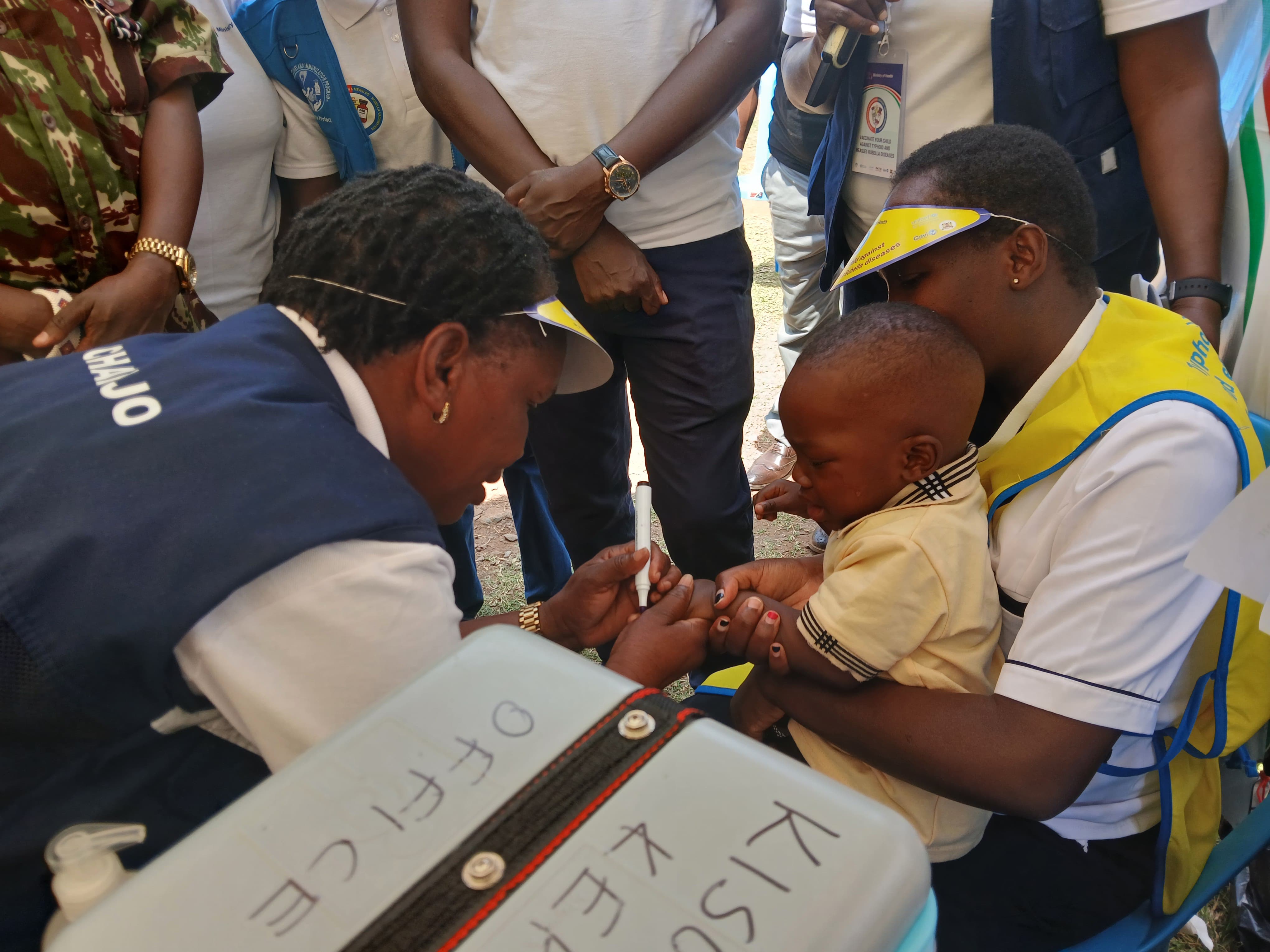
Kenya has started a major study to evaluate the impact of switching from 10-dose to five-dose measles-rubella vaccine vials, a move expected to increase coverage, reduce wastage and boost health worker confidence in immunisation programmes.
The research, led by a consortium comprising Maseno University, the University of Nairobi and the Ministry of Health, comes when vaccine wastage remains a persistent challenge in routine immunisation.
Apollo Maima, principal investigator from Maseno University said the decision was informed by evidence, showing health workers are often reluctant to open 10-dose vials when only a few children are present for vaccination.
“Many health workers prefer to wait until at least six or more children are available before opening a vial to avoid wastage. While this reduces losses, it denies children the opportunity to be vaccinated on time,” he said.
In Kenya, the National Vaccines and Immunisation Programme is mandated to make policy and oversee the essential immunisation programme, including prevention of measles and rubella.
NVIP currently uses 10-dose vials of the MR vaccine, which are seen as more cost-effective for procurement.
However, he has been advocating for a shift to five-dose vials, citing global evidence that smaller-dose presentations minimise missed opportunities and wastage.
The recommendation was largely based on simulation studies and pilot projects in Zambia and Gambia.
Kenya, however, needs locally generated data before making the switch.
“For the 10 to five-dose transition to be effected, we must have evidence on coverage, wastage, costs, and health worker acceptability,” Maima said.
The study is being conducted in Vihiga, Homa Bay and Kiambu counties, which have different MR vaccine coverage levels , 72.6 per cent, 59.5 per cent, and 89.8 per cent respectively.
A total of 24 subcounties and 470 health facilities have been sampled for the study.
They have been split into two arms, control arm (235 facilities), where these facilities continue to use the 10-dose vials. They include 10 in Vihiga, 100 in Homa Bay and 125 in Kiambu.
The Intervention arm (235 facilities), where the facilities have received the 5-dose vials and training for health workers. They include 59 in Vihiga, 53 in Homa Bay, and 123 in Kiambu.
This distribution allows researchers to directly compare results between the old and new vial sizes across diverse contexts.
The key research questions focus on whether the smaller vials will improve vaccine coverage, reduce wastage and lower the total cost per vaccinated child.
The study is also measuring health worker perceptions, supply chain impacts, and operational challenges.
The evaluation is drawing data from across the vaccine supply chain from national procurement offices and central warehouses to county depots and individual facilities.
Nurses in maternal and child health clinics, who are at the frontline of immunization, are a key focus group.
Researchers are employing both statistical and qualitative methods, including in-depth interviews, key informant discussions, and focus group conversations with health workers and supply managers.
If successful, the shift to five-dose vials could mark a turning point in Kenya’s immunisation programme.
The study is expected to show higher vaccination coverage, reduced wastage and improved health worker confidence.
“This is a crucial step in ensuring that no child misses out on life-saving vaccines due to operational barriers,” Maima said.
Nurses have already indicated that smaller vials could make their work easier, allowing them to vaccinate children as they arrive instead of waiting to gather larger groups.
The findings will feed directly into policy discussions at the Ministry of Health, which will decide whether to roll out 5-dose vials nationwide.
Kenya’s pilot could also provide lessons for other African countries grappling with the same dilemma.
By generating local evidence, it will address the gaps that have made policymakers hesitant despite global recommendations.
“This is not just about wastage, it's about saving lives,” Maima said.
He added “Every missed vaccination is a missed opportunity to protect a child. Smaller vials may help us close that gap.”
The study is currently in its intervention phase and will conclude with a comprehensive evaluation of costs, coverage and acceptability.
Its outcomes are expected to shape the next chapter of Kenya’s fight against measles and rubella.











